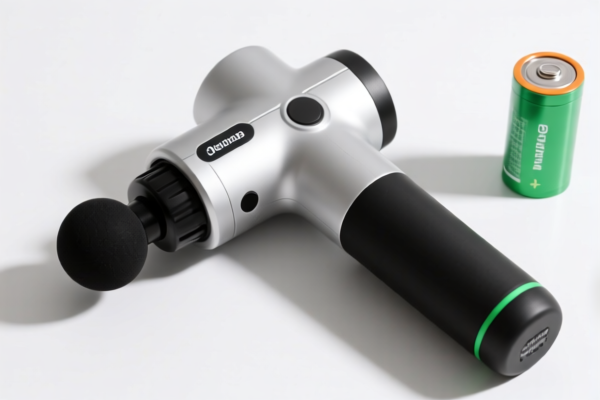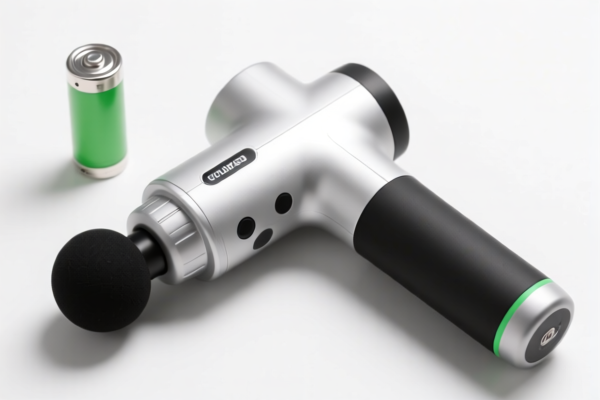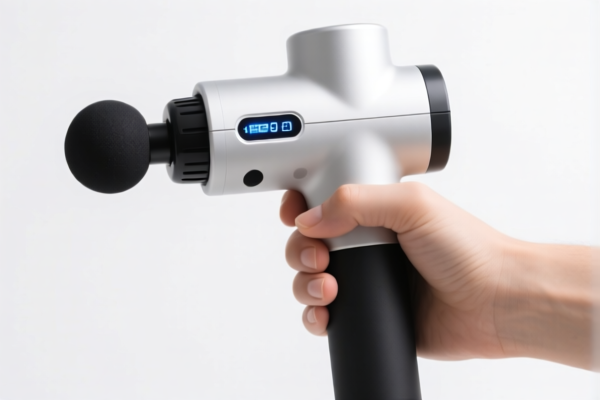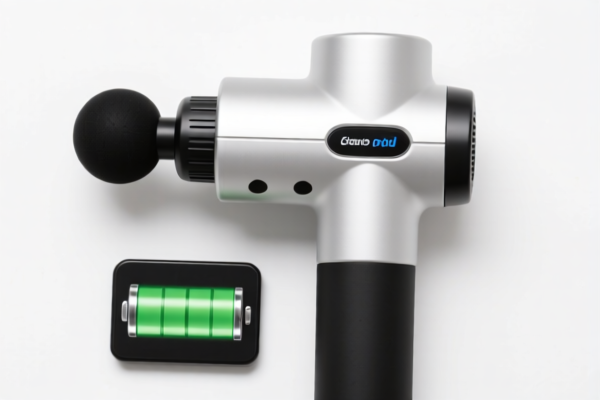| HS Code | Official Doc | Tariff Rate | Origin | Destination | Effective Date |
|---|---|---|---|---|---|
| 8543708500 | Doc | 55.0% | CN | US | 2025-05-12 |
| 8543906800 | Doc | 55.0% | CN | US | 2025-05-12 |
| 9615906000 | Doc | 41.0% | CN | US | 2025-05-12 |
| 9615904000 | Doc | 35.3% | CN | US | 2025-05-12 |
| 9019102050 | Doc | 30.0% | CN | US | 2025-05-12 |
| 9019102030 | Doc | 30.0% | CN | US | 2025-05-12 |




Massager
A massager is a device used to provide massage. These devices vary significantly in design, application, and intensity, catering to a wide range of needs from relaxation and stress relief to therapeutic muscle recovery. The color "beige" refers to the color of the device's exterior casing; it does not affect the functionality.
Material
Massagers are constructed from a variety of materials, including:
- Plastic: Common for housings, offering lightweight and affordability. ABS plastic is frequently used.
- Metal: Often used for internal mechanisms, massage heads (stainless steel, aluminum), and structural support.
- Silicone/Rubber: Used for massage nodes, grips, and areas requiring flexibility and skin contact.
- Fabric/Leather: Used for cushioning, padding, and aesthetic appeal in some models.
- Electronic Components: Motors, circuit boards, and power supplies are essential for electric massagers.
Purpose
The primary purposes of massagers include:
- Muscle Relaxation: Reducing tension and soreness in muscles.
- Pain Relief: Alleviating discomfort from muscle spasms, knots, and general aches.
- Improved Circulation: Stimulating blood flow to promote healing and reduce swelling.
- Stress Reduction: Providing a calming effect and reducing anxiety.
- Therapeutic Recovery: Assisting in the recovery of muscles after exercise or injury.
Function
Massagers employ various techniques to achieve their effects:
- Vibration: Rapid, oscillating movements to stimulate muscles and tissues.
- Percussion: Rhythmic tapping or pounding motions to target deeper muscle layers.
- Kneading: Circular motions to release muscle knots and tension.
- Rolling: Movement across muscle groups to promote circulation and relaxation.
- Shiatsu: Applying pressure to specific acupressure points.
- Heat Therapy: Utilizing heat to relax muscles and improve circulation.
- Air Compression: Using inflatable chambers to apply pressure to limbs and tissues.
Usage Scenarios
Massagers are used in a variety of settings:
- Home Use: Personal relaxation and self-care.
- Professional Settings: Physical therapy clinics, spas, chiropractic offices, sports medicine facilities.
- Automotive: Seat massagers for comfort during travel.
- Office: Neck and shoulder massagers for relieving work-related tension.
- Fitness & Sports: Post-workout recovery and muscle rehabilitation.
Common Types
- Handheld Massagers: Portable and versatile, often used for targeted muscle relief.
- Neck Massagers: Designed to relieve tension in the neck and shoulders.
- Foot Massagers: Provide relief for tired and aching feet.
- Back Massagers: Available in various forms, including massage chairs, massage cushions, and handheld devices.
- Massage Chairs: Offer full-body massage with various features and settings.
- Percussion Massagers (Muscle Guns): Deliver rapid, focused pulses to target deep muscle tissues.
- Shiatsu Massagers: Apply pressure to specific acupressure points.
- Vibration Massagers: Use vibration to stimulate muscles and tissues.
- Eye Massagers: Designed to relieve eye strain and tension.
- Scalp Massagers: Stimulate the scalp to promote relaxation and hair growth.
The declared goods are massagers, specifically beige in color. These devices are used for massage therapy, providing therapeutic benefits through mechanical means.
The following HS codes are relevant based on the provided information:
- 9019102050: This HS code falls under Chapter 90, which covers “Instruments and apparatus which measure or check physical quantities; meters and counters; instruments to measure or check quantities of material, apparatus for physical or chemical analysis; instruments, apparatus and models for use in education, research, or demonstration; optical apparatus, photographic or cinematographic apparatus, surgical or medical instruments and apparatus; parts and accessories thereof.” Specifically, it covers “Mechano-therapy appliances; massage apparatus; psychological aptitude-testing apparatus; parts and accessories thereof: Mechano-therapy appliances and massage apparatus; parts and accessories thereof Massage apparatus: Other”. This includes general massage apparatus not further specified.
- 9019102030: This HS code also falls under Chapter 90, covering the same broad category as above. However, it specifically refers to “Mechano-therapy appliances; massage apparatus; psychological aptitude-testing apparatus; parts and accessories thereof: Mechano-therapy appliances and massage apparatus; parts and accessories thereof Massage apparatus: Electrically operated: Battery powered: Other”. This applies to electrically operated, battery-powered massage apparatus.
Regarding HS code 9019102050 and 9019102030, please note that the applicable tariff is 30.0% after April 2, 2025. There are no specific material verification requirements or certification information mentioned in the provided reference material for these HS codes.
Customer Reviews
No reviews yet.